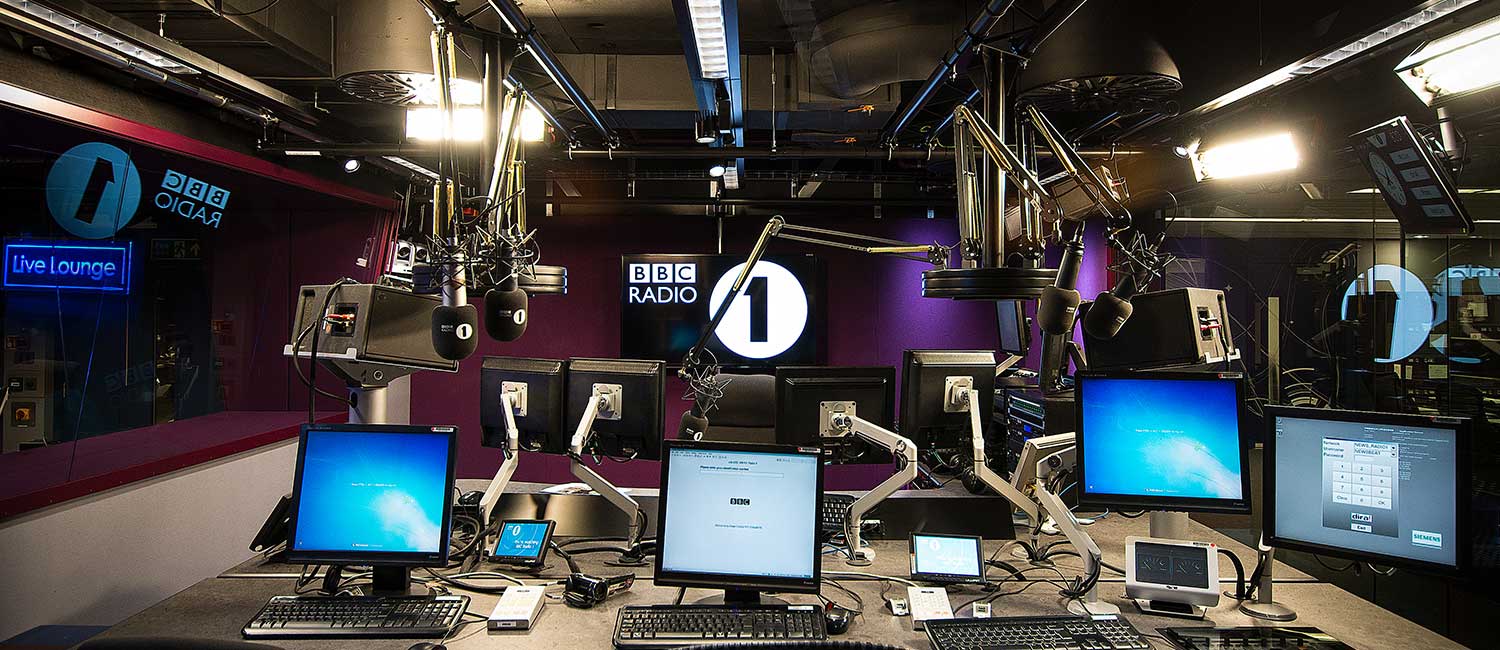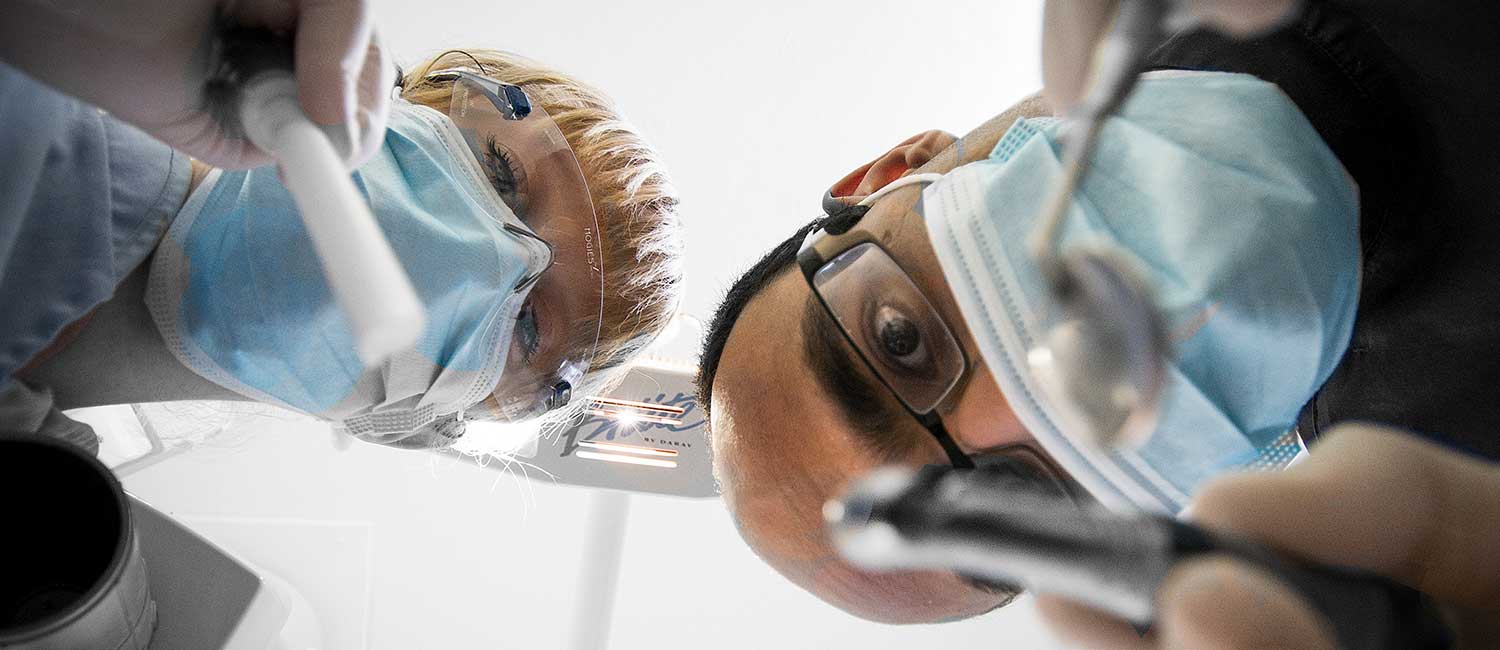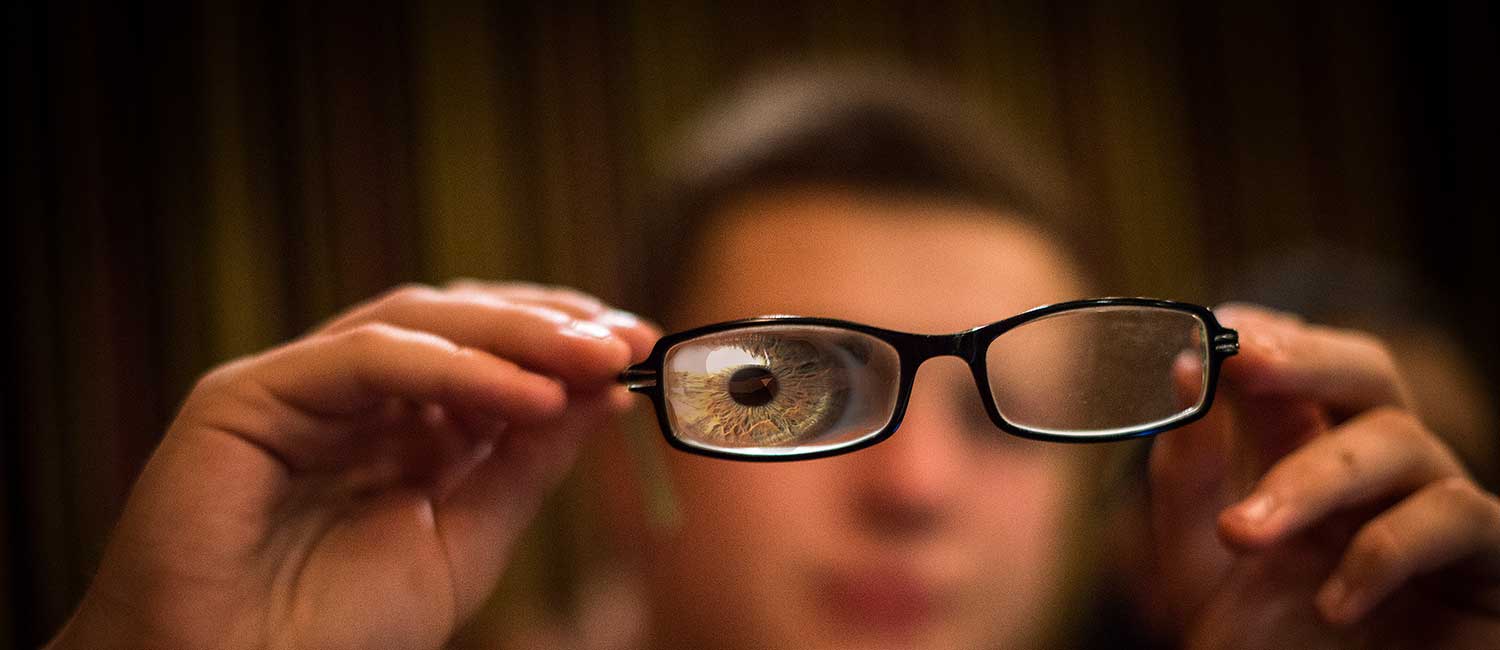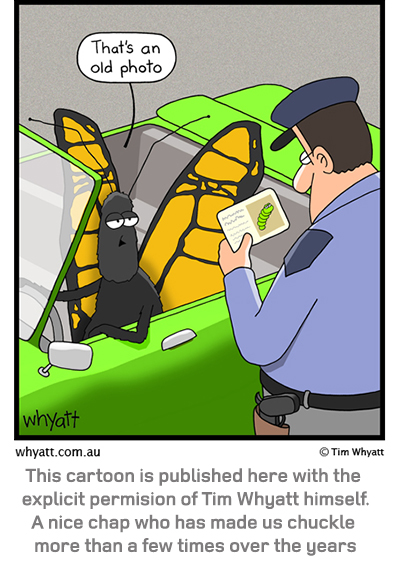There are many quite exceptional amateur photographers and there are also many quite appalling ‘Professional Photographers. Photographers are ten a penny, and it is probably possible to engage ten for a penny. Literally thousands of individuals and organisations promote themselves as ‘Professional Photographers’ so selecting the right one to deliver your imagery can be a daunting prospect.
So, how best to identify a true professional photographer that is experienced, reliable and going to meet, and hopefully surpass, your brief? Here are a few pointers to help you separate the good from the average.
Experience
A professional photographer has, over time, developed techniques to mitigate the many challenges and obstacles thrown up during photographic shoots. Bad weather, sun in the wrong place, LED lighting and un-cooperative people are but a few. Overcoming obstacles to reliably produce quality images in challenging situations, against a time constraint is what a true professional photographer does. The talented son of your next door neighbour who clearly has an eye for photography and has a nice camera he got last Christmas is likely to produce the occasional excellent image, but will that individual have the experience and equipment to deliver a consistent quality service you require? A photographer relies on very different experiences and skills when shooting the insides of a new BMW versus one who is shooting the ribbon cutting opening ceremony of your latest store with the Mayor and staff.
With your brief in mind, look at the photographers’ clients and check out examples of their work.
How experienced is the prospective photographer and is that experience relevant to your specific brief?

Equipment
Contrary to common belief a big professional camera with a selection of lenses larger than a dustbin (all costing more than the average family car) doesn’t make a photographer professional. It does however help an experienced photographer to overcome the challenges and constraints of securing a given image. It is possible to take a stunning picture with an iPhone; many of us do just that every now and again. However, a pro camera with pro lenses is much more robust, can operate in very low light, will take many shots a second (if required) and will produce sharp quality images far more regularly than less expensive consumer equipment.
Quite simply, professional photographers have professional equipment, with backup professional equipment to hand, as it would not be possible to deliver a consistent, high quality reliable service without it.
What equipment does your prospective photographer have?

Quality On Time
Most professional shoots have a time constraint, both to shoot and also to deliver the processed images. There is no point producing a selection of stunning images to promote the opening of a new restaurant if they are delivered 3 months after the event. Equally there is little point publishing distinctly average images on the night of the event and not showcasing the venue in its best light.
A professional photographer will have a good understanding of what can be achieved and in what time frame. They will manage client expectations, work with the client to improve the odds of securing the perfect image, and inform the client what is and is not possible given the circumstances and brief.
Ask your prospective photographer how long is required for the shoot, what will be delivered and when? What can be done to improve the odds? What are the constraints and agree where compromises can be made. An experienced pro photographer will have the answers to these questions.

Knowing the whole Process
A good professional photographer has a working knowledge of the whole process with regards to developing a brief, securing the image, post-production and the final use of the image. An image captured to be used on a website can have very different qualities & attributes to one that is required for a bill board poster campaign, for example.
A pro photographer will work with your printer to produce the print, or your web developer to crop and compress the image ideal for your website.
Ask to see some examples of the photographer’s work in its final destination. i.e. on a clients website or a billboard campaign.

Business and Marketing Experience
A good photographer understands their subject. If it’s a commercial client they need to understand the dynamics of the client’s business and the purchasing criteria of its customers. An experienced commercial photographer with a strong commercial background will offer valuable advice and suggestions with regards to the brief. More often than not they will come up with fresh, innovative ideas that were not considered by the client at the outset.
Does your prospective commercial photographer have a commercial background?

Insurance
You would be surprised at how many photographers don’t have public liability insurance. It is not common for a photographer to cause a problem at your place of work but it can and does happen. If the photographer is a true professional then they will have this covered.
Does the photographer have Public Liability Insurance?

Backup
Virtually all professional photography today is digital. Digital images exist on hard disks and storage media and from to time these devices FAIL, fall subject to fire or theft.… A professional photographer will have a system in place to maintain copies, AND backups of these copies, all of which appropriately filed. Two years down the line when you decide you want to use a particular image for a poster campaign you realize the image you have is too low res for print and you have no idea where the original is. You want to feel secure your photographer has maintained a copy of the original.
Does you prospective photographer have a system in place to file and backup the images he has secured for you?

Guy Reece, Strikingfaces, Specialist and Google Trusted Photographer, UK
Striking Faces are award winning professional photographers who understand the challenges businesses face.
If you are interested in discussing a potential project please call 0333 3110024
(29 September 2014)










Leave a Reply